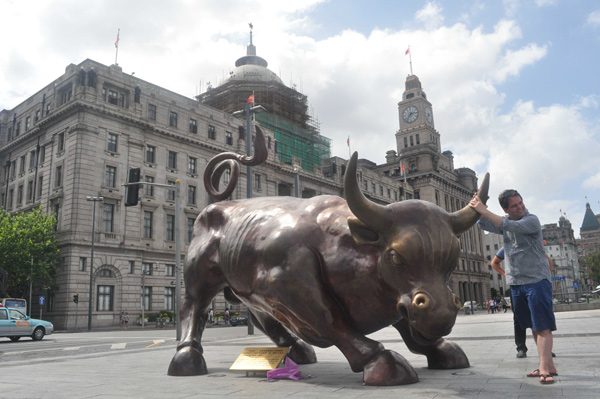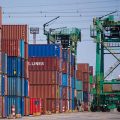
The wide gap in financial development between cities in Asia-pacific region and traditional financial centers in the west is narrowing, according to a recent report.
The latest Global Financial Centers Index shows that of the top 20 financial centers across the world, those from the Asia-pacific region accounted for more than one third, with Hong Kong occupying the fourth position.
Shanghai ranked the 13th, up three spots from the previous ranking, while Beijing advanced 10 spots to number 16th.
Sydney and Osaka moved forward three and two spots in rankings respectively.
The index, published on March 27, was compiled jointly by Shenzhen-based think tank China Development Institute and London-based market research company Z/Yen Group. The two publish their findings every half a year.
The latest findings were based on a number of indicators-including business environment, development of financial sector, infrastructure, human capital and city reputation and also feedback from 3,008 respondents.
While London, New York, Singapore, Hong Kong and Tokyo remained the top five financial centers in the world, London and New York saw their scores drop significantly by 13 and 14 points respectively, impacted by the exit of Britain from the European Union and the presidential election in the United States.
That led to the gap between Singapore and New York narrowing to 20 points, from 42 points in the previous index, the report shows.
“Brexit has been the main source of uncertainty and it has not only exerted an impact on London, but also other financial centers. Meanwhile, rising protectionism is causing more and more concern,” said Liu Guohong, director of the institute’s finance and modern industry research center.
A total of 88 cities were included in the index. Among them, six were Chinese mainland cities-Shanghai, Beijing, Shenzhen, Guangzhou, Qingdao and Dalian.
“Among the six mainland cities, Beijing has shown a significant advance in its ranking. That is because of great improvement in its infrastructure such as the rail transit network, telecom facilities and rapid development of its financial industry,” said Yu Lingqu, a researcher from the institute.
Yu said the Belt and Road Initiative had brought fresh opportunities for the Chinese capital to develop its financial sector. Also, the New Third Board, which is the share transfer system for small and medium-sized enterprises, has also been growing at a fast speed, with tens of thousands of enterprises listed on the board over the past one or two years, he added.
Although Shenzhen stays in the 22th place among the 88 cities, unchanged from its previous ranking, Liu placed high expectation on its potential.
“Shenzhen still has a lot to improve in its business environment, infrastructure and human capital. But the great potential lies in its links with Hong Kong,” he said.
“Hong Kong is expected to play a bigger role in the opening up of Chinese mainland’s service industry. Shenzhen could benefit from the process by developing cross-border finance with the Asian financial hub,” he added.


